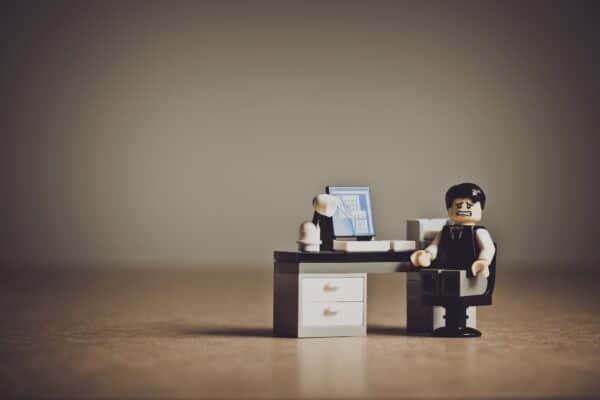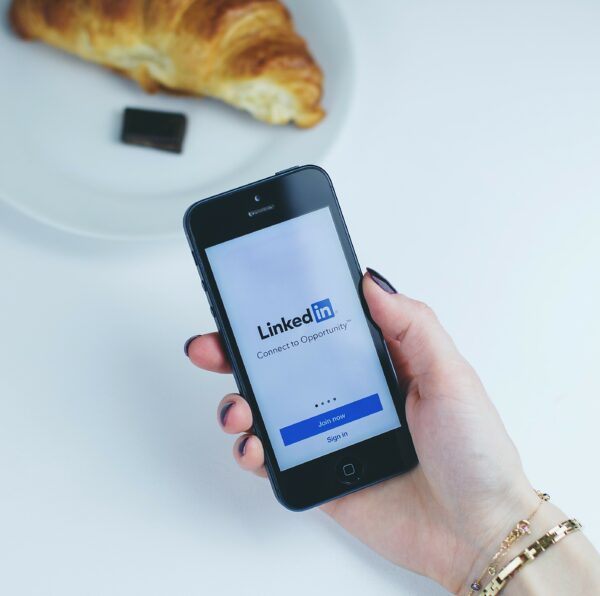
Nutrition at work is the topic of both many tea breaks, and after work drinks. From breaking bad with the biscuit tin to the highs and lows of caffeine consumption, our diet can help us and hurt us in equal measure! We’ve got a bit of nutritional knowledge in our team and today discuss how to beat the mid-afternoon munchies and maintain concentration at work.
Is Food That Important?
Of all the things employers need to consider; legislation, wellbeing, performance, profits and targets, the state of their employees’ diets can fall far down the list fairly quickly. However, those companies at the top known for eeking performance out at the highest level and setting the standard, appear to take it very seriously.
Dropbox: Their tuckshop is 4,000 square feet and workers get their food plated and an array of ambitious menu choices to choose from. They have an international chef, a pastry chef and a dedicated dessert bar.
Google: With no expense spared, their New York office has 3 entrée bars, a burger station and FroYo machine.
Apple: This tech giant’s cafeteria is a place of plenty where you can get ramen burgers, nachos, coq au vin and oysters.
How to Feed Your Team
Taking the above as inspiration, it’s clear food is valuable fuel, and should there be the resource, the following can help maintain concentration and team performance throughout the working day.
Water Works: A study by UConn on dehydration showed we only start to feel thirsty when we are already 1-2% dehydrated. And this can have the following effects; worsened mood, lessened energy and ability to concentrate, headaches and difficulty with mental tasks involving memory. Having water available in the office is one of the easiest ways to maintain your team’s energy and concentration levels.
Caffeine Kicks: It’s oh so welcome in the morning, but it has its downsides. After consumption its levels peak within one hour, and four to six hours after consumption it leaves the body. One negative effect of caffeine is that it promotes the release of the stress hormone cortisol…and the last thing our workforce needs is more stress. It’s not easy to kick the caffeine habit, but an offering of less chemical-ly alternatives could reduce your team’s consumption, and the cycle of restless energy and crashes commonly associated with coffee drinking.
GI Gems: The GI – or Glycemic Index is a measure of how much sugar is in foods, and how intense the effect of foods are on our blood sugar levels. Broadly speaking, the lower the GI value of food, the longer and better your concentration levels are likely to be. A list of foods and their value is here: http://www.the-gi-diet.org/lowgifoods/.
What We Think
Providing water, caffeine alternatives and food options with a low GI value are all ways in which you can promote your team’s performance without spending the money tech giants Apple, Dropbox and Google are splashing out on their employee’s diets.








